Audius - Decentralized Music Platform | Crypto Academy / S5W3 | Homework Post for @wahyunahrul
Hey Steemit!
Here is my homework post for Professor @wahyunahrul. This is undoubtedly a great lesson, and I hope that you will enjoy reading this post.
.png)

1). What do you think about the presence of the Audius platform in the music industry?

The blockchain is used by Audius to address these issues. The Etherium and Solana blockchains, at the heart of the system, offer a decentralized network for storing music. If someone tries to erase someone else's remix or fraudulently claims ownership of someone else's original music, Audius assures that it is very difficult for them to do so. In the case of a disagreement, not only is the material on the blockchain hard to alter or dispute, but it is also held by everyone who is engaged in the backend of Audius, making it very difficult for a stop and desist order to be successful.
Listeners may download their favorite tracks via Audius' player. Six million people were using the Audius app in September, according to the company. Among the acts that appear are Skrillex, Weezer, and Diplo. Several musicians and music business experts have invested millions of dollars in Audius's expansion, including Katy Perry and Nas. As the platform's popularity grows, the value of the token ($AUDIO) will very certainly climb even more.
Audius has teamed up with TikTok to make it simpler to share music online. One-click is all it takes for any musician who has submitted a song to the Audius platform to instantly distribute it on TikTok. An artist's Audius profile may be easily accessed once they've shared their music through a catchy video, allowing them to connect with a whole new audience.
Audius Is Proud To Say That:
Give everyone the ability to share, monetize, and stream unrestricted music without restriction.
As a blockchain-enabled decentralized music streaming platform, Audius is packed with social networking capabilities that aid musicians and other music content providers in showcasing their skills and cultivating a following.
Technically, This Is True:
A decentralized network of node owners and validates secures the immutable and timestamped recordings of creative works that may be used by artists.
Audius: A Quick Synopsis:
- An open-source community is created where artists, fans, and tech developers may work together and help each other thrive.
- A decentralized blockchain network is used instead of a single server to host and broadcast music data, comparable to platforms like Spotify or SoundCloud.
- Streaming music is one of the most popular non-financial crypto initiatives.
- Members of the open-source community are responsible for the majority of its operations. And, as of July 2021, it has over 5 million users.
- A track posted on Audius has been streamed and consumed over 7.8 million times as of April of this year (2019).

2). With the governance system used by Audius, do you think that system has made Audius a fair and fully decentralized platform? If not, please provide your personal suggestions for the system that Audius uses to make it more fair and decentralized.

Audius was built to be owned, maintained, and governed by its users as an artist-owned platform. The native platform token $AUDIO is critical to the Audius ecosystem because of this.
Perhaps the most critical aspect of platform ownership is control over future iterations, which is exemplified by the concept of governance.
It's the process of voting on changes to the network that is called governance in the instance of Audius. Proposals presented on-chain by $AUDIO token holders may then be voted on by other token holders.
Some examples of governance suggestions include new features, community grants, and treasury management, and token payouts.
In a nutshell, $AUDIO allows anybody to make suggestions for improvements to Audius.
As long as more than 51% of votes are in favour of the modification, it will be included in the platform for everyone to utilize! At least 4 percent of the $AUDIO supply must vote on a proposal for it to move via Audius governance.
"What is governance?"
Modular governance adheres to a structure that is mostly based on the following:
- Changes are proposed by members of the community.
- Those modifications are implemented by third-party developers.
- Changes to the protocol are proposed by protocol politicians (either by members of the community or by third-party developers).
- The $AUDIO shareholders vote on whether or not to accept the plan.
- if the suggestion is approved, it is implemented into the platform and becomes part of the system.
This implies that you have a direct say in how Audius evolves, thanks to $AUDIO.
You should be aware that older systems have a centralized approach to product upgrades. It's possible to request a new feature, but in most cases, the parent firm has the final say on what features are implemented.
Audius gives you a direct voice and means of implementing any change that has the backing of the $AUDIO community.
Aiming to decentralize music and audio content, Audius relies on a decentralized governance system to accomplish this goal.
Actors such as Node operators, music artists, and fans all play a significant part in the decision-making process when it comes to any suggested protocol improvements.
Users of Audius governance protocols will be rewarded for their contributions to the ecosystem. The success of this decentralized governance system is shared by everyone who contributes to making this platform content-rich and safe.
All ideas in Audius governance must be voted on by staked token holders to implement any modifications that may be necessary on the code or network side.
There are no limits to how Audius may be governed, and all staked Audius tokens get governance weight on a token-by-vote basis.

3). Explain how to do 2 types of staking on Audius complete with illustrations. (Image Required)

Step 1: So, at first, I went to the audius website. After it I clicked on the token, which I also highlight in the screenshot below:
Step 2: After it a new page had been opened, I clicked on Explore the Dashboard:
Step 3:After it, I clicked on Connect Metamask account to proceed at the next step:
Step 4: After writing the password of my Metamask Account, I clicked on Unlock to connect it with Audius:
Step 5: After my Account had been connected, I clicked on Services and selected the top Service Operator, which was Figment :
Step 6: After it, I clicked on Delegate Icon, which is shown in the screenshot below:
Step 7: After I got an option on how much I wanted to delegate, so I wanted to delegate 5,000 AUDIO$ to do the staking :
Step 8: In the end, you have to confirm your Transaction with the MetaMask Wallet you connected:
Step 1: At First, you have to come to the Homepage, and there you have to click on the Governance Option. After it, you have to click at the top Resolved Proposal, which I also highlight in the screenshot below:
Step 2: So after it, a new page will be opened, and you have to click on Open Audio Foundation, which is at the top :
Step 3: After it a new page has been opened, you have to click on Delegate Icon, which you can notice in the screenshot below:
Step 4: After it, I got an option of how much I wanted to delegate, so I wanted to delegate 100 AUDIO$ :
Step 5: In the end, you have to confirm your transaction with the Metamask wallet you had connected earlier:

4). Show the steps to create an account on Audius. (Screenshot Required)

Step 1: At first, I went to the audius website, and after it, I clicked on Signup for free, which is highlighted by me in the screenshot below:

Step 2: A new page has been opened, there I put my email and password, and after it, I clicked on continue so I can proceed to the next page:

Step 3: After it, a new page has opened where I put my Display Name and Handle Name too, and after it, I clicked on continue to proceed:

Step 4: After it, I got an option to follow any three artists and whose music would be shown to my feed. After selecting them, I clicked on continue :

Step 5: After it, I got two options whether I upload track or start listening, I didn't want to upload any track, so I clicked on Start Listening and continued:

Step 6: In the end, my Account on Audius has been created successfully, as you can see my Display and Handle Name in the screenshot below:


5). Explore and explain the features available on the Audius application or website. (Screenshot Required)

Feed:
As we sign in to our account, we are shown the Feed page, which is in the DISCOVER section. The feed page shows us a list of some music on the platform. On the right side, we can also see three buttons. The All Posts displays all the music posted on the platform. The Original Posts button shows us the music posted by the creators themselves. The Reposts button shows the music that has been reposted by other users.
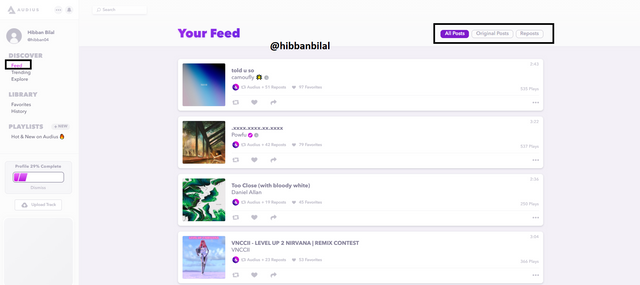
Trending:
Below the feed, we have the Trending tab. As the name suggests, we are shown all the music posts that are trending on the platform. These posts have been categorized in two ways. Firstly, we are shown weekly, monthly and all-time trending posts in separate categories. Moreover, a category of the genre is also made, which consists of the All Genres button, which shows us music posts from all the genres. And, there are some other genres too like Hip-Hop/Rap, Electronic etc.
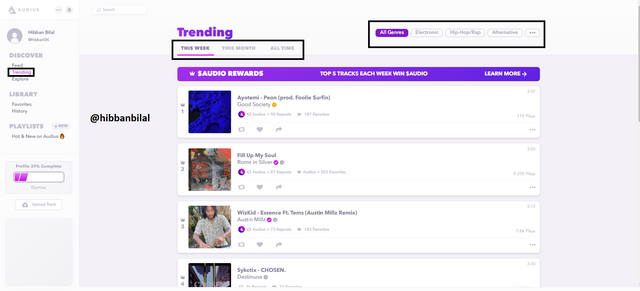
Explore
As we move further down, we have the Explore tab. This tab has been categorized into four major categories. The first is Just For You, this category has further sub-categories, which consist of different types of music.
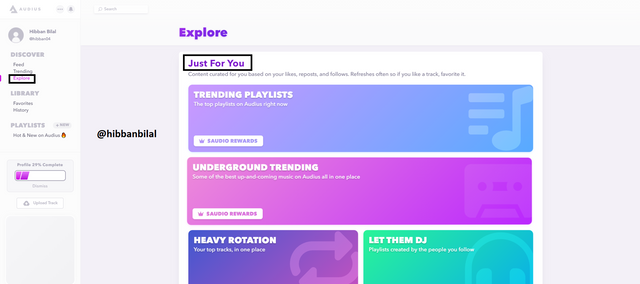
The second category is Playlists to Fit Your Mood. In this category also, we have some sub-categories which contain different playlists. These playlists are made by the users of the platform themselves. Each playlist contains songs that give us vibes according to our mood.

The third category that we have here is Playlists we Love Right Now*, which contains different types of playlists that have songs according to the name mentioned over the playlist.
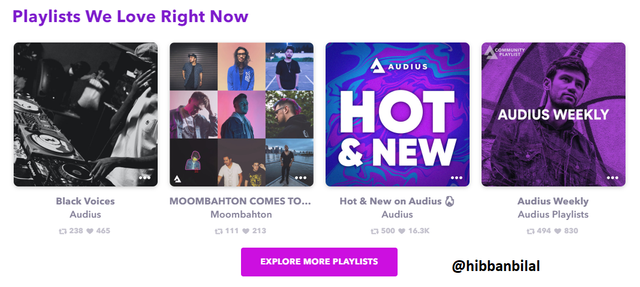
The next and last category we have is Artists You Should Follow. This category shows us some famous and liked artists on the platform. If we click on the Explore More Artists button, we are shown more artists that we can follow.
.png)
Favorites:
In the LIBRARY Section, we have the Favorites tab. When we click on this tab, the platform shows us the tracks or albums that we have marked as our favorite ones.
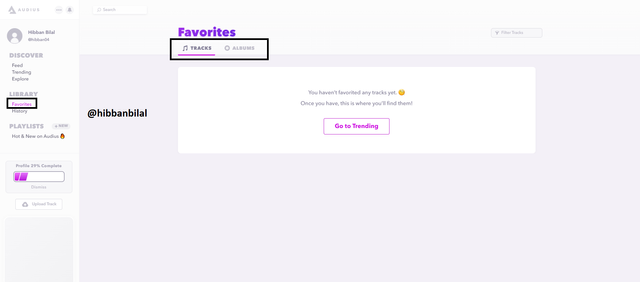
History:
The History tab shows us the history of the music that we have listened to previously.
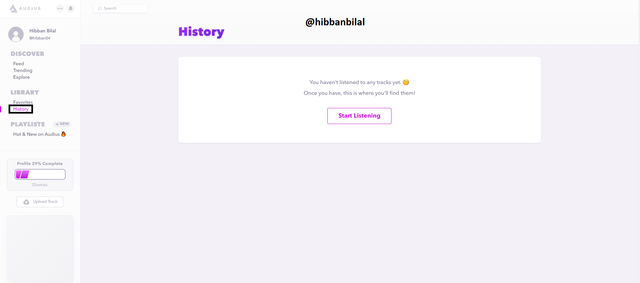
In the PLAYLISTS section. Here, we have a default playlist; it can also be removed. We can also add other playlists in this tab by clicking over the New button.
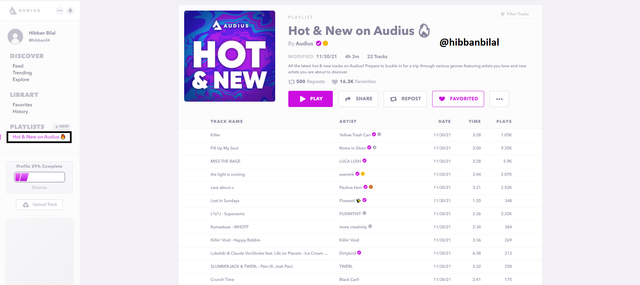
Other Options:
On the top left, we have a button that shows the Settings and $AUDIO & Rewards tab. The Settings tab consist of settings related to the platform and our account. The other tab tells us about the $AUDIO currency and other rewards.

We can also see a notification button here. All our notifications will appear here.
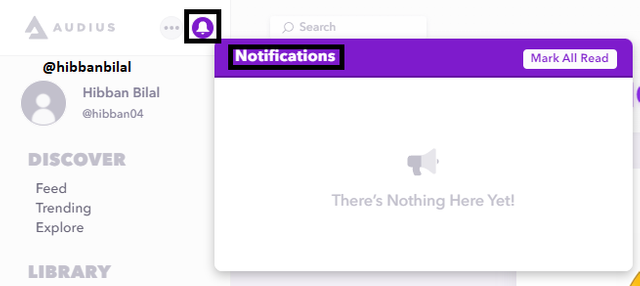

6). Explain in detail how the mechanism of uploading music content on Audius.

Music content on Audius is uploaded using two types of nodes, the process of uploading is independent. These two nodes are the Content and Discovery nodes.
The Content node is the node that performs the main uploading process. It takes the user's input music and takes it through a process of validation. In this process, the data is converted into a unique reference code which becomes the identity of the content. Now, two replica Content nodes are created, which enable the content to be posted on the blockchain as well as on the profile of its publisher.
After this, the Discovery Node finalizes the uploading process as it gives copyright of the music to its publisher. After this, the uploading process is completed, and the publisher is notified. Despite all the complex processes, the process over the interface remains simples, just like the other platforms.

7). Upload your original music to Audius and show the proof using a block explorer. (Screenshot Required)

Step 1: I went to my Audius profile and clicked on Upload Track.

Step 2: I clicked on Browse to upload and selected my file.

Step 3: Then I selected the Release Type and selected Tracks. After that, I clicked on Continue.

Step 4: Then I got the options to fill like *Genre, Mood, Tags, Description, Track name and Description(. Then, I clicked on the Add Artwork button, clicked on Find Artwork and set an artwork. Finally, I clicked on Continue.

Step 5: After clicking on Continue, our uploading started, and within a few seconds, it was completed. Then, I clicked on View Tracks.


Step 6: A box appeared saying Congratulations. This shows that our music has been uploaded.



An audio content decentralization protocol called Audius has been developed. To make the listening experience more democratic, it intends to build an ownership structure for artists. Users may access their music on a wide variety of devices because of Audius' similarity to Spotify and SoundCloud. Audius, on the other hand, will be a decentralized platform that enables each listener to own a portion of the network and partake in the company's earnings, unlike the centralized internet giants.
Audius is a decentralized system for audio content and an impending public blockchain that aims to create a fairer, freer and more open music business. The world's music business is set to be disrupted by new potential technologies, such as the blockchain, which have emerged in recent years. A decentralized music-sharing system based on the blockchain called Audius is the most promising of the three options.
Blockchain's strong security, transparency, and cost-efficiency are gaining traction across a wide range of businesses.
Though in the early stages of development, Audius has the potential to revolutionize the music streaming industry with features such as decentralization and community governance.
TikTok's one billion-plus worldwide user base will likely draw more established musicians eager to use the Audius-TikTok connection as a means of network growth.
Additionally, the site is working with other well-known brands as well as musicians. An Audius interface with the famous multi-chain wallet and browser plugin called Phantom has just been unveiled, allowing users to display their Solana NFT collectables on their profiles.
Future DJ apps and Shazam-like music discovery apps might be developed using Audius' API Hedgehog if the open protocol becomes a new standard for decentralized music applications.
Lots of thanks to Professor @wahyunahrul for giving us this wonderful lesson.
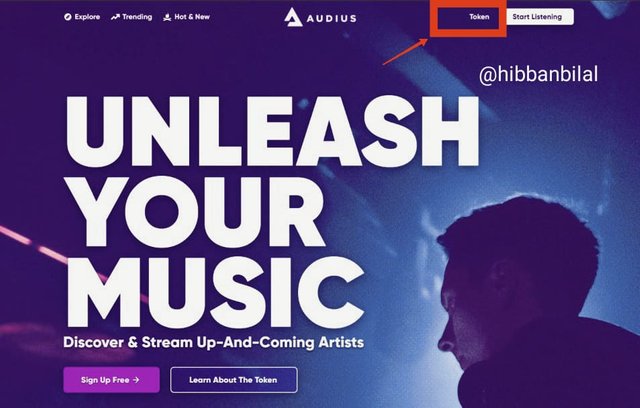
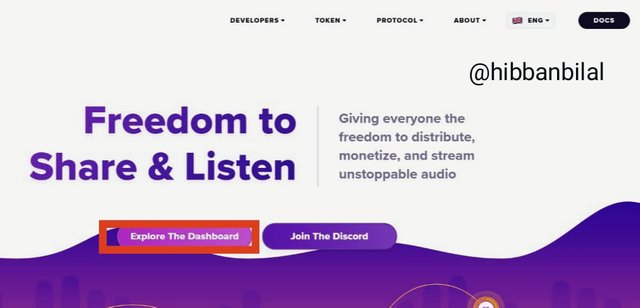
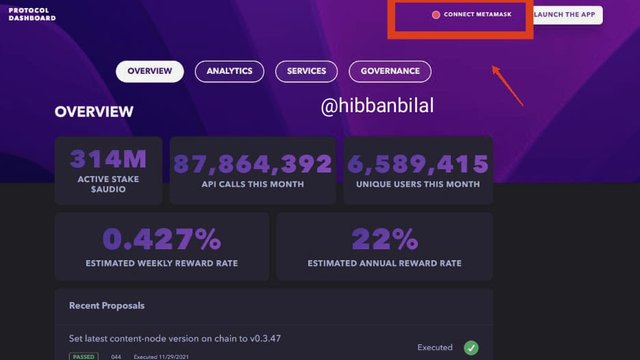
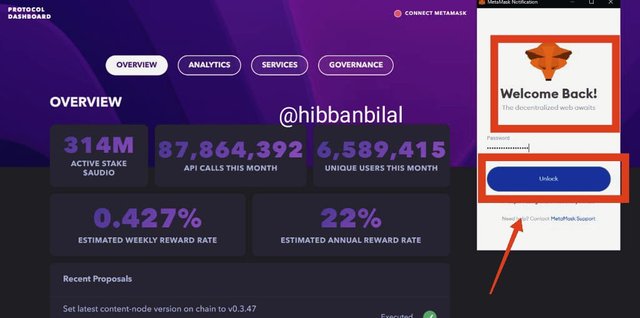
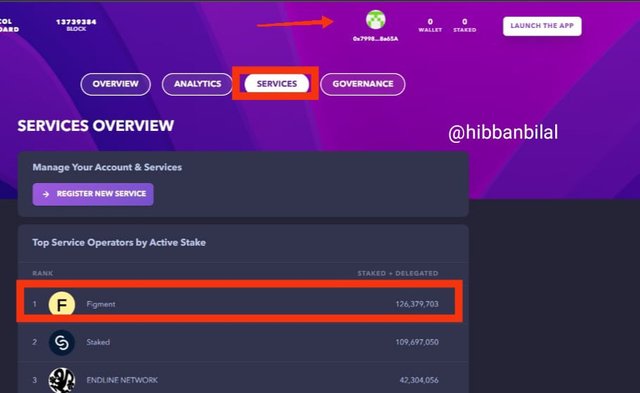
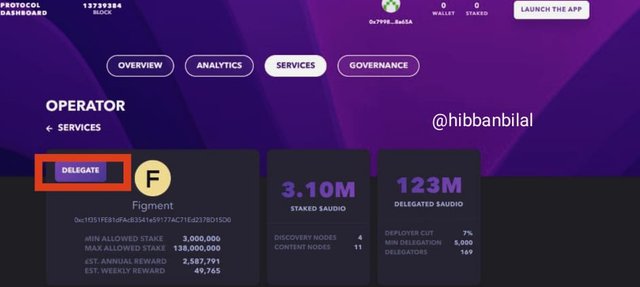
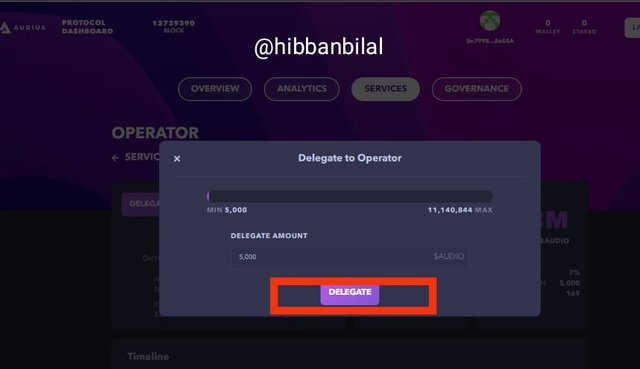
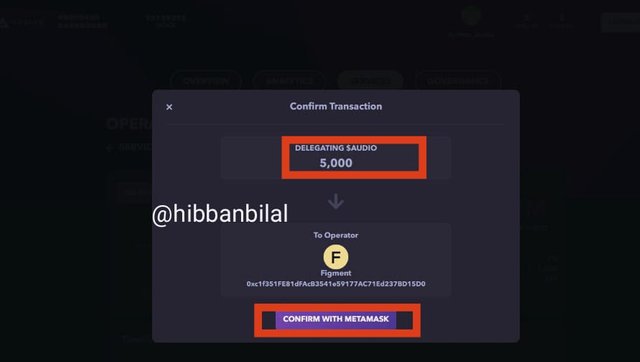
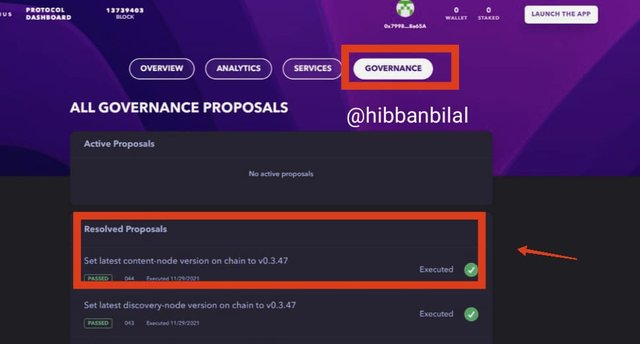
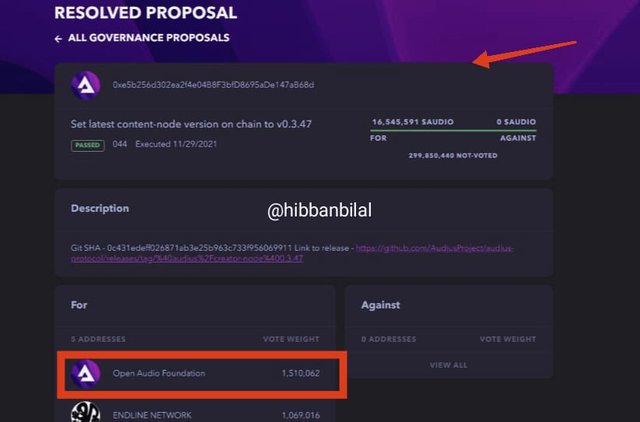
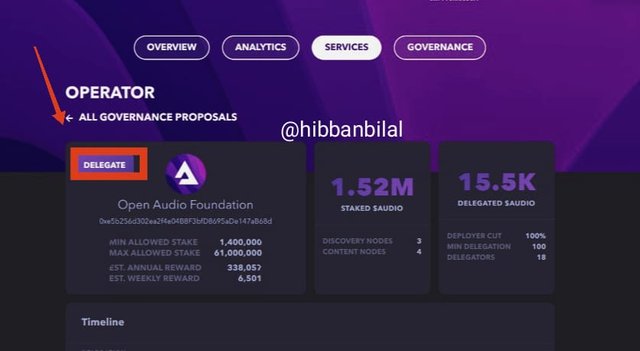
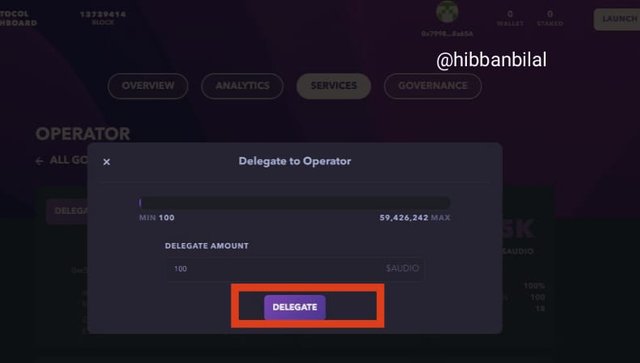
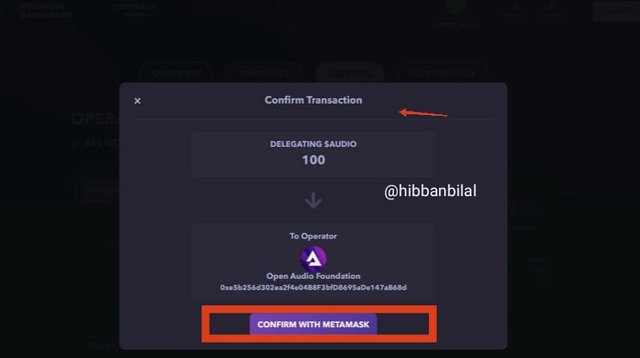
@steemcurator02
@steemcurator02